Ⅰ. 5 Common Problems in Injection Molding
Injection molding is a widely used method for manufacturing products at GD-HUB. However, it is important to note that injection molding is not without its challenges, and issues may arise during the process that can affect the quality of the final products.
Warpage:
This occurs when different parts of the molded product cool at different rates, causing some parts to shrink more than others, resulting in a distorted final product.
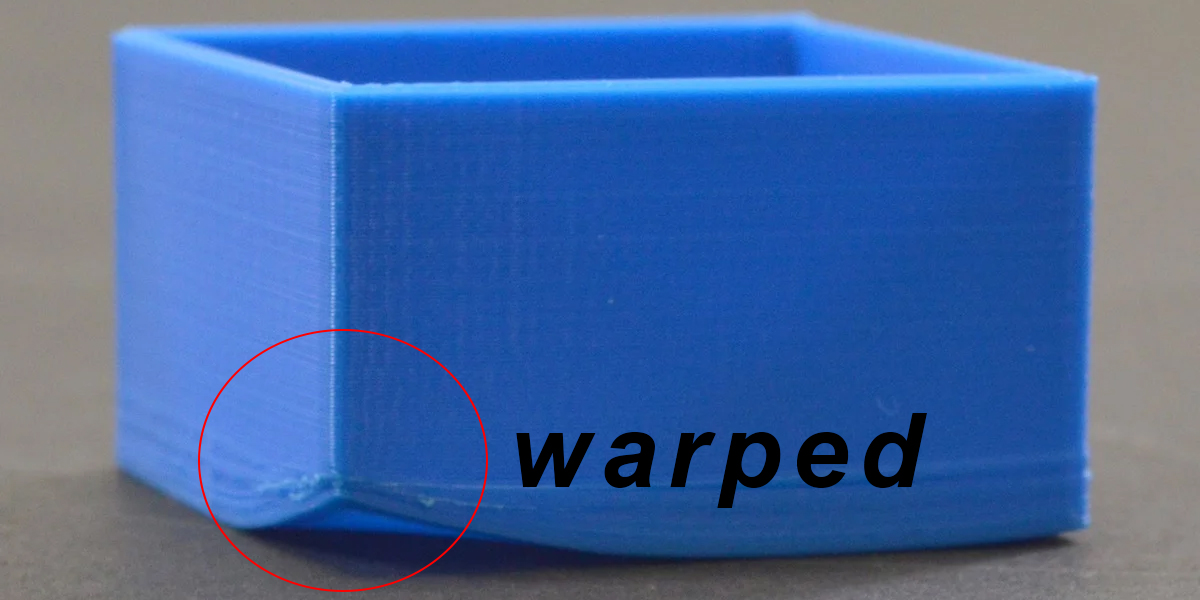
Sink marks:
These are small pits or depressions that may appear in the finished product, usually due to uneven cooling or certain areas of the mold being thicker than others.
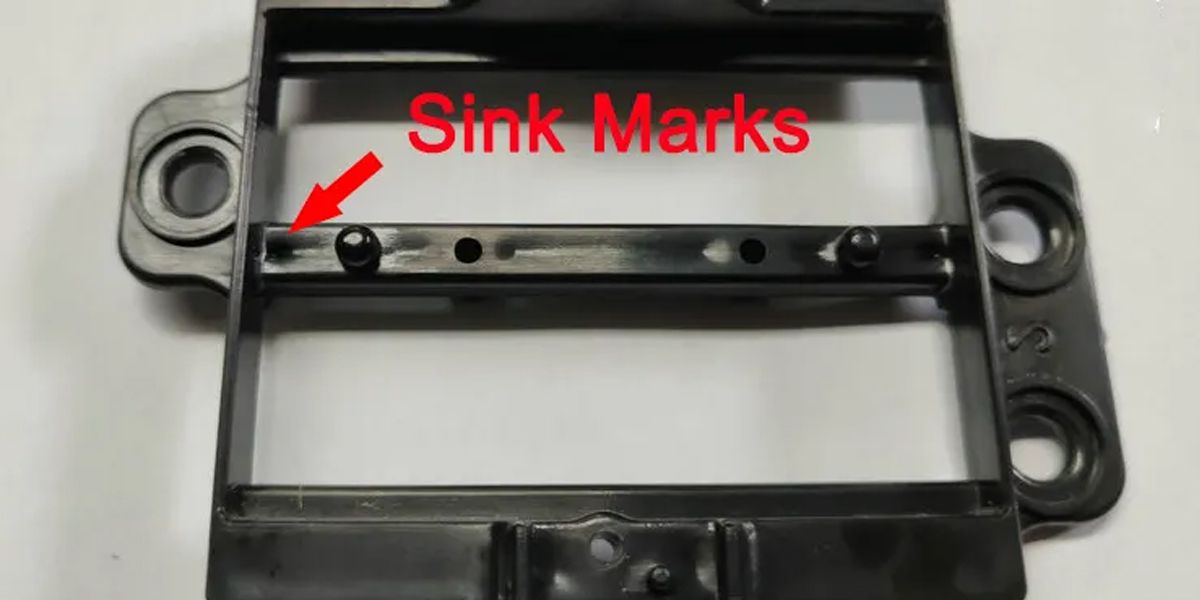
Shorting:
This occurs when the molten material does not completely fill the mold, resulting in an incomplete part. This can be due to insufficient material, incorrect injection speed, or a clog in the mold.
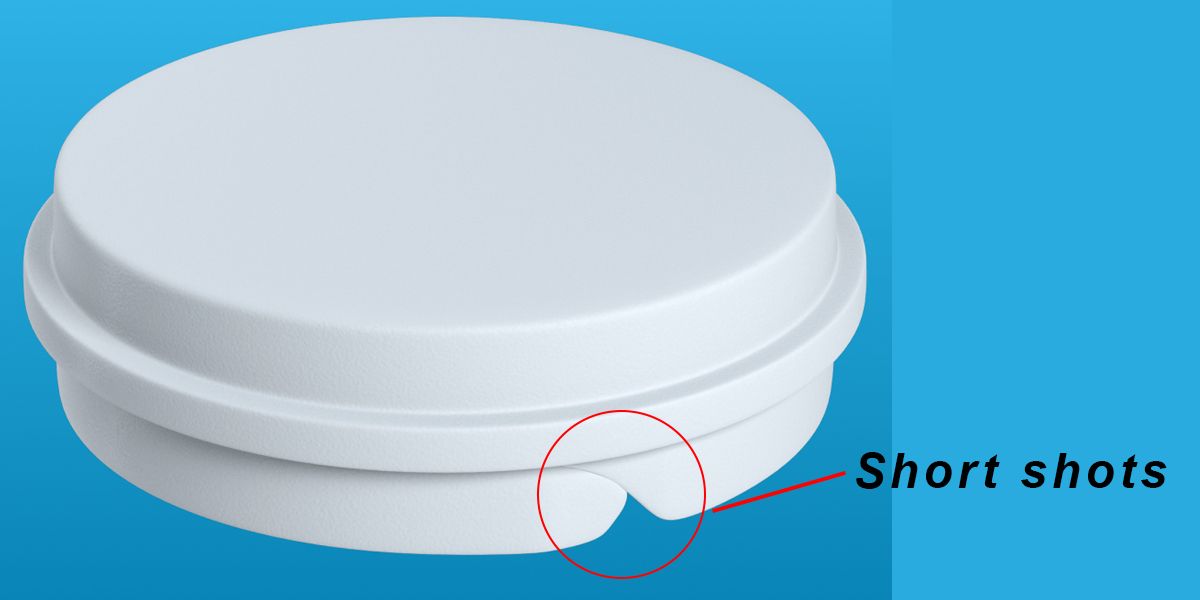
Flying Edge:
Flying edge is excess material that leaks out of the mold and creates an unwanted edge on the final product. This can be caused by too much injection pressure, or a worn or under-clamped mold.
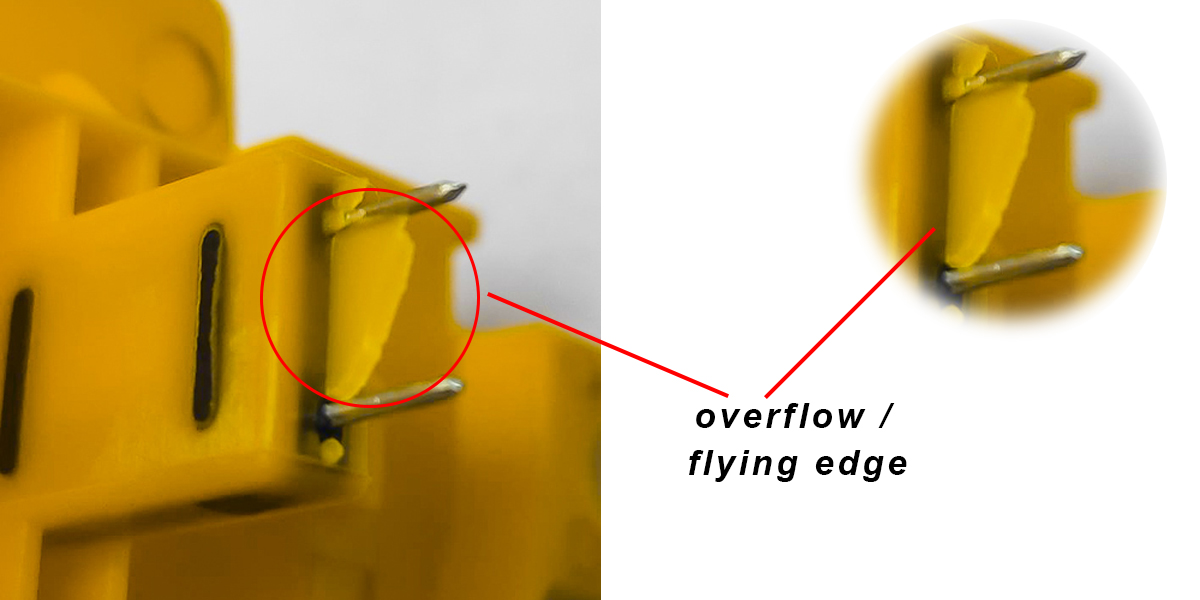
Burn marks:
These are discoloration, usually brown or black, that may appear on the surface of the molded part. They are usually caused by trapped air or overheated plastic.
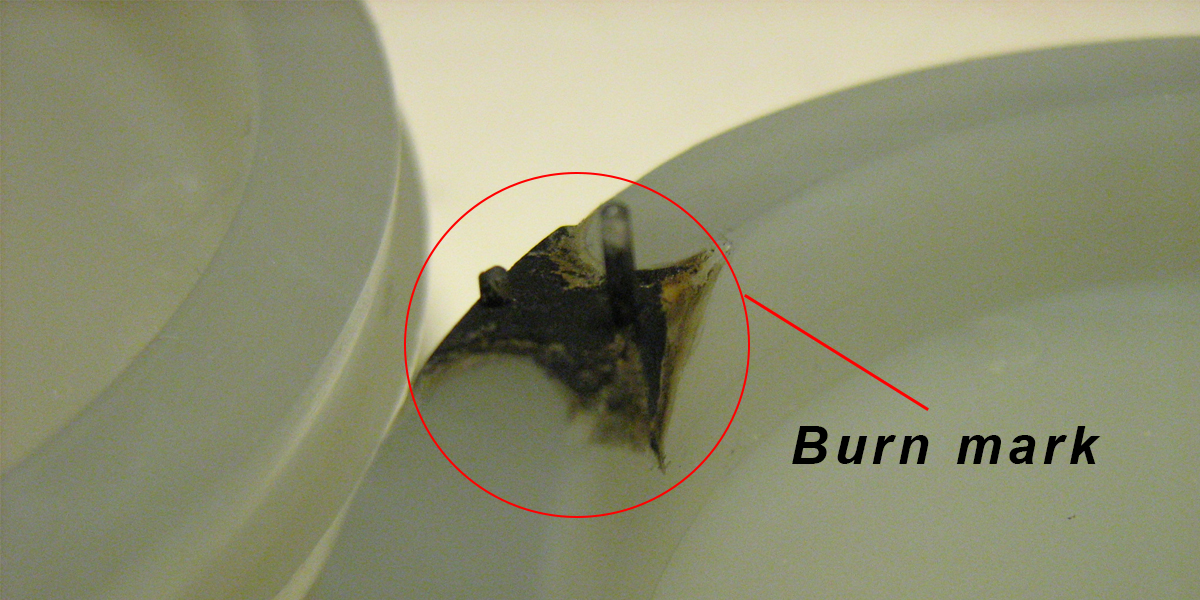
Ⅱ. How to solve them?
GD-HUB will provide the following solutions to these or possible problems in order to guarantee the quality of the finished product:
Warpage:
To reduce warpage, we can adjust the cooling system to ensure that it is more evenly distributed so that different parts of the product do not cool at different rates. If warpage still occurs, it may help to change the mold design to create a more uniform wall thickness. Adjusting injection molding process parameters, such as hold pressure and hold time, can also help reduce warpage. Material selection is also critical - materials with a lower shrinkage rate may be more effective.
Sink marks:
When designing parts and molds, sink marks can be addressed by maintaining a uniform wall thickness. If sink marks appear in thicker areas, consider coring those parts. Process adjustments can also help: Increasing the holding pressure, extending the holding time, or increasing the melt and mold temperature can ensure a fully filled and properly packed mold.
Short shots:
The solution to short shots is to make sure there is enough material injected into the mold, which may require increasing the injection volume. If the mold is not being completely filled, it may be necessary to increase the injection rate or pressure, or to check the mold for clogging. Regular mold maintenance is important to prevent clogging. If the problem persists, consider checking the design for thin, hard-to-fill sections and increasing the gate size if necessary.
Flashing:
To prevent flashing, regularly check the mold for wear and replace or repair as necessary. This problem can also be caused by excessive clamping force - the clamping force can be adjusted to ensure that the mold parts fit together tightly. If the problem persists, consider reducing the injection pressure to prevent molten material from being pushed out of the mold.
Burn marks:
For burn marks, the injection speed may need to be adjusted. If the material is overheating, the injection speed may need to be reduced. Improving the mold vents can also help to allow trapped air to escape, which may require adding vents or increasing the size of existing vents. If the material is degrading, it may be that the melt temperature is too high and should be reduced.
GD-HUB, a company specializing in injection molding, offers various solutions to address any potential issues that may arise during the process. These solutions are implemented to ensure the highest quality of the final product.
If you have other injection molding questions, contact us for free technical support.